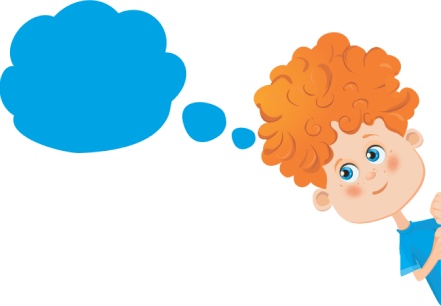
Blog



THE 4 MOST BEAUTIFUL ARMENIAN FOLK DANCES
Armenian national dances are an integral part of Armenian culture. While visiting Armenia, open dance lessons that are held in the city once a month are a good opportunity to get acquainted with national dances. Taking new types of tours in Armenia will combine business with pleasure, meanwhile discovering the sights and learning the dances.

The origin of dances dates back to the pagan times and is one of the great many ways to observe Armenian character. Due to the dances, one can see the mentality of the nation, the inner world and the attitude towards nature and life. After undergoing some changes through the centuries, national dances still retain their typical movements, musical and structural features.

When many families migrated to Eastern Armenia from Western Armenia in the early 20th century, hybridization of two different branches of national culture occurred creating new and richer variety of national dances. There are several kinds of dances according to the way of performance and handholding form. According to the content there are mythical, religious, secular, hunting, military and other types of dances.
1. Yarkhushta
Despite many types, some of the dances are especially beloved. Military dance Yarkhushta has an inviolable position among them. It belongs to the “clap type” dances. Yarkhushta is one of the unique traditional dances that has undergone very little changes. The number of dancers should be 2. They get divided into two opposite groups, one of which is attacking and the other is resisting. Facing each other, they hold their hands above their heads and bump their palms which symbolizes the bumping of arms. The tempo of the moves gradually becomes faster, claps become abrupt. To feel the essence of the dance, one needs to watch it at least once. It is an exceptional chance to see the dance performed by Armenians when you visit Armenia.

2. Kochari
The next dance is the most widespread and nowadays most well-preserved armenian Kochari. It was created during pagan times when the nature was worshipped. This dance which imitates a wild rum’s movements, its power and strength, was originated in the period of the worship of a wild rum. Centuries passed, but this element has been preserved up to nowadays. Today it is difficult to count how many types of kochari there are. Planning tours in Armenia, one can learn an easy version of an Armenian national dance.

3. Lorke
Lorke is another beautiful and favourite Armenian ritual dance. It was danced during weddings, during flower gatherings of Water festival and pilgrimage. While dancing, participants stand side by side, hold their hands by little finger.

4. Ververi
The next is Ververi which is rather a group dance than an individual one. These dances are joyous. They create joyful and even joky atmosphere. They consist of two or even more parts. According to the tempo, the first part of the dance is slow, the second part gets faster. In Old Armenian this dance was called ”Vernapar” which means ” a dance to up”. In Armenian dances the essence of springs and jumps was the dancers aspiration to leave magical influence upon the prosperity of plants, birds, animals as well as themselves.

These are only a small part of Armenian national dances, which more or less gives a picture of Armenian traditions and the spirit expressed in this cultural aspect. Armenian national garments make the dances exceptionally beautiful. Visiting Armenia, one can get acquainted with the garments in museums. There are lots of opportunities to observe and learn dances, including exceptional tours organized in Armenia.




